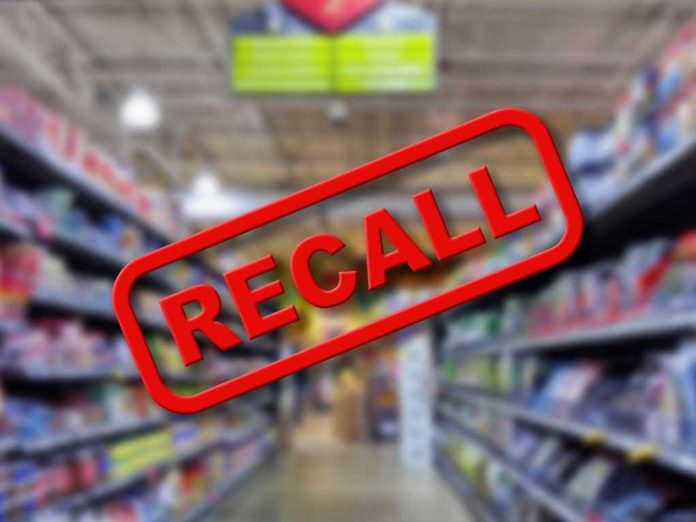
More than 24,000 pounds of chicken sausage recalled nationwide due to contamination—will your lunch survive the purge?
At a Glance
- Over 24,000 pounds of chicken sausage recalled for contamination.
- The 1982 Tylenol murders set a precedent for product safety.
- Johnson & Johnson’s crisis management became a gold standard.
- Regulatory changes followed, including tamper-evident packaging.
A Nationwide Recall: Chicken Sausage in Trouble
There’s nothing quite like a good sausage to elevate a meal, but as of late, your beloved chicken sausage might have more than just spice. Over 24,000 pounds of chicken sausage have been recalled across the nation due to contamination concerns. This recall serves as a stark reminder of product safety challenges, much like the infamous 1982 Tylenol murders, which revolutionized consumer safety standards.
While the sausages have been yanked from shelves, consumers are urged to check their fridges and freezers for any lingering links. The recall underscores the importance of vigilance in food safety and echoes past product safety scares that reshaped industry practices.
The 1982 Tylenol Murders: A Turning Point in Safety
Step back to September 1982, when the Chicago area was gripped by fear as seven people died after taking cyanide-laced Tylenol capsules. This tragedy was an act of deliberate product sabotage, leading to widespread panic and a historic change in how products are packaged and regulated.
The Tylenol murders shattered public trust in over-the-counter medications. Before this, tamper-proof packaging was practically non-existent. The incident prompted Johnson & Johnson to recall over 31 million bottles, setting a new precedent for how companies should respond to public safety threats.
Stakeholders and Their Roles
In the wake of the Tylenol crisis, stakeholders including Johnson & Johnson, law enforcement, and public health agencies were thrust into the spotlight. The company’s chairman, James E. Burke, led the charge in crisis management, prioritizing consumer safety over profits—a move lauded by industry experts.
Retailers, too, played their part by cooperating with recalls and investigations. The media amplified public concern, ensuring swift and transparent action from all parties involved. This collaborative effort highlighted the power dynamics and relationships pivotal to managing such crises effectively.
Enduring Impact and Lessons Learned
The Tylenol murders remain unsolved, yet their impact is undeniable. The case led to the introduction of tamper-evident packaging, now standard for pharmaceuticals and many food products. The incident also prompted new federal laws, including the Federal Anti-Tampering Act of 1983, making product tampering a federal offense.
Today, the lessons from this crisis continue to guide companies in crisis management and consumer safety. Johnson & Johnson’s response is hailed as a benchmark for corporate responsibility, demonstrating the importance of transparency and consumer trust. In an era where product recalls and safety threats are frequent, these lessons are more relevant than ever.
Sources:
Wikipedia – Chicago Tylenol Murders
University of Illinois Chicago Public Health










